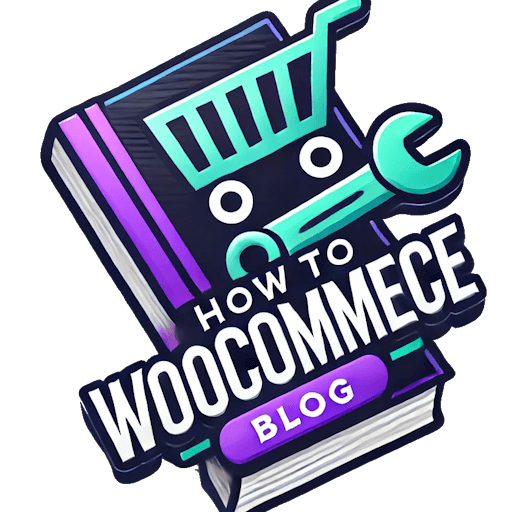WooCommerce: How to Tag Customers for Efficient Management
Effectively managing your customer base is crucial for any successful WooCommerce store. One of the most powerful tools for achieving this is customer tagging. This allows you to segment your customers based on various criteria, enabling targeted marketing, personalized experiences, and improved customer service. This guide will walk you through how to tag customers in WooCommerce, highlighting various methods and best practices.
Why Tag Your WooCommerce Customers?
Before diving into the how-to, let’s understand the why. Tagging customers provides numerous benefits, including:
- Targeted Marketing Campaigns: Send specific promotions and newsletters to customers based on their interests or purchase history.
- Personalized Customer Service: Quickly identify high-value customers or those with specific needs for prioritized support.
How to Tag Customers in WooCommerce
Unfortunately, WooCommerce doesn’t have a built-in tagging system for customers out-of-the-box. However, there are several effective ways to achieve this functionality:
1. Using WooCommerce Customer Attributes
WooCommerce allows you to add custom customer attributes. While not exactly tags, these attributes function similarly. You can create custom fields like “VIP,” “Newsletter Subscriber,” or “Wholesale Customer.” These attributes can then be used for filtering and segmentation.
- Navigate to WooCommerce > Settings > Customers > Customer Attributes.
2. Utilizing WooCommerce Extensions
Several WooCommerce extensions offer advanced customer tagging capabilities. These extensions often provide more features than simply adding custom attributes, such as bulk tagging and improved integration with marketing automation tools. Search the WooCommerce plugin directory for extensions like “Customer Tagging” or “Customer Segmentation” to find suitable options.
3. Leveraging a CRM System
Integrating WooCommerce with a Customer Relationship Management (CRM) system like Zoho CRM, HubSpot, or Salesforce offers a robust solution for managing customer tags. CRMs typically provide sophisticated tagging and segmentation features, allowing for more complex and granular control over your customer data.
Choosing the Right Method
The best method for tagging your WooCommerce customers depends on your specific needs and technical expertise. If you need simple tagging and are comfortable managing custom attributes, that might suffice. For more advanced features and seamless integration with marketing tools, a WooCommerce extension or CRM integration is recommended.
Conclusion
Effective customer tagging is a valuable asset for any WooCommerce store. By segmenting your customers based on relevant information, you can personalize their experience, optimize your marketing efforts, and ultimately drive sales. Choose the method that best suits your business needs and leverage the power of customer tagging to elevate your WooCommerce store’s performance.

